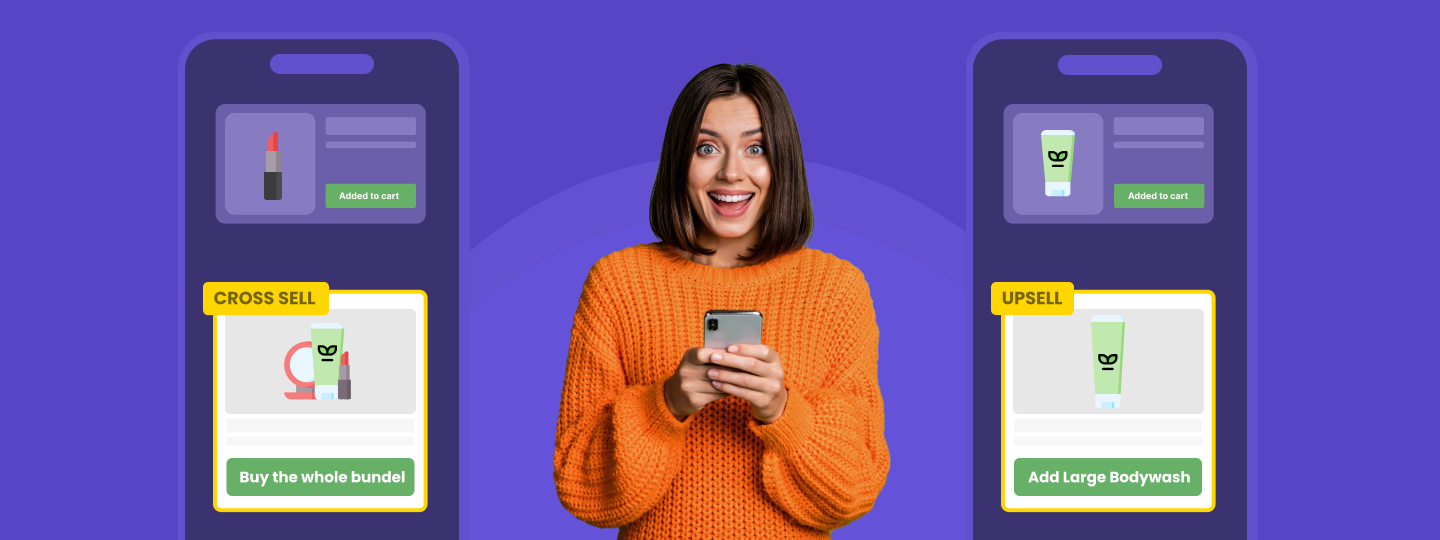Table of Contents:
1. What is Micro-Segmentation marketing?
2. How do you create Micro-Segments in marketing?
3. How does Micro-Segmentation work in marketing campaigns?
4. Using Micro-Segmentation in Cross-Channel Marketing
5. Future of Micro-Segmentation
Micro-Segmentation
In general business segmentation, customers are broken down and clubbed together into groups on the basis of certain recurring characteristics. These groups come to be known as segments. Now, micro-segmentation is a progression of general segmentation that helps modern marketers take a knife-edge approach to marketing.
Customers are divided further into much smaller, niche groups on the basis of several specific characteristics, including behavioral attributes. It helps marketers focus on a very unique, targeted persona that might be limited to a handful of individuals. This becomes a micro-segment, and marketers can carry out predictive analysis with a high degree of accuracy to create hyper-focussed campaigns that look to satisfy very specific needs.
What is Micro-Segmentation marketing?
The practice includes dividing customers into four general groups—by demographics, geography, behavior and lifestyle—then segmenting each group even more.
Geography, for example, could be broken down into regions, then states, then cities, then neighborhoods. Behavior could mean frequent purchases, seasonal-only purchases, coupon-only purchases or “window shoppers.” Lifestyle could be an adventurer, fashionista, world traveler and tech savvy.
Micro-segmention marketing strategy combines multiple variables from the above categories with certain demographics, such as age, sex, life cycles, job, and income, to create a target persona.
While a high-end RV dealership might target a wealthy, retired male over age 60 who enjoys travel, a sporting goods store would likely market to single, college-educated, employed males between 21 and 35 who identify as adventurous, fit and eco-conscious.
It’s easy to see why niche segment marketing could significantly help make marketing more effective. Just imagine how a 62-year-old man feels every time he gets an email advertising a company’s new diaper bag or lipstick.
There’s probably not a strong sense of importance or feeling of connectedness to the company sending him emails.
And when it comes to building loyalty, feeling a sense of “belongingness” and importance can increase profits. In a 2014 survey by Infosys, 78% of consumers said they’d be more likely to make a purchase again from a company that provided more targeted offers. And Bain & Company reports that after shopping with a company for 30 months, returning customers spend 67% more than their initial purchase.
In addition to strengthening customer relations through more targeted emails, micro segmentation in marketing can help companies track how customers move among segments over time. In the long term, this could mean tracking how a 25-year-old woman’s spending changes from grad school to married life to buying goods and services for a family of five.
In the short term, it could simply mean tracking her seasonal purchases and spending.
The value of tracking this movement is priceless, as it can help companies optimize their marketing actions to increase revenue from existing customers—or potential customers on whom they’ve collected data. In addition to increasing conversion rates immediately, micro-segmenting can help businesses identify a customer’s lifetime value—the predicted total of all future profits that the customer will generate for the company.
Micro segmentation marketing strategy is both responsive and predictive marketing, and probably as close as a company can come to a crystal ball when it comes to customer behavior.
How do you create Micro-Segments in marketing?
A lot factors into how businesses categorize customers into micro-segments: the size of its database, what information has been collected, the types of customers it serves, and if the business is local, regional, national or worldwide, to name a few.
Although there are complex algorithms, sales analysis and data mining involved in serious micro segmentation, small businesses can do the initial legwork themselves just by evaluating their customers’ traits and behaviors, and looking for patterns in clicks, abandoned carts, purchases, and returns.
The idea is to start broad and then narrow the category down to the lowest common denominator. For example, a jewelry company might segment customers like this:
Looking at this example, a company can take inspiration for campaign on the basis of micro segmentation examples. Perhaps a week before Mother’s Day, the jewelry business could launch a campaign advertising its “sterling silver charm bracelet for Mom”—geared to daughters who shop for their mother at the last minute.
How does Micro-Segmentation work in marketing campaigns?
Micro-segmentation can be used in marketing campaigns to enhance the effectiveness of your marketing campaigns by making them super-targeted. When a marketer creates a micro-segment, they have a highly accurate portrait of their customer based on their personal and behavioural attributes. Powered by this insight, marketers try to create value in the user’s life with highly contextual communication that promises to engage with the micro-segment.
For example:
You wish to promote a premium tech brand’s bluetooth headphones that feature the latest in noise cancelling technology. Now, this particular item is compatible only with the iPhone X. To start off, the marketer will make a list of all the users who have recently purchased an iPhone X on the platform. Secondly, you will try to narrow down your search to the age group of 21-35, as the headphones are quite flashy and quirky. Secondly, you try to find out the number of iPhone X purchasers who also searched for headphones on the same platform in the past 3-6 months. Finally, you will try to find the number of users who had responded to a cashback offer doled out by the platform in the past for Electronics items.
Out of 1000 people, you might end up narrowing down your segment to only 30 people. This then is a powerful micro-segment with a high probability of purchasing the aforementioned headphones. “using-micro-segmentation-in-cross-channel-marketing”
Benefits of micro-segmentation
- Fewer users, Better Control
- Easy to carry out predictive analysis
- Easy to understand campaign effectiveness
- Reduces time taken to finalize right approach
- Cost Effective
- Drives up Brand Loyalty
Finally, how do you implement micro-segmentation strategy?
Part of micro segmentation marketing is understanding the best way to reach the group that’s been chosen to target, including how and when they shop and how they prefer to be contacted.
In the profile above, an analysis of collected data might show that this customer segment tends to shop on their tablet at 9 p.m., or that they check emails on their smartphones between 3 p.m. and 4 p.m. while waiting to pick up their kids at school.
Businesses can use the information about customer behavior patterns to not only create a micro-segmented target persona but also determine how best to reach them. Here are some automation features to consider, including examples of how they might work with a particular niche segment.
1. In-app messages
For companies with their own apps, in-app messaging can be highly effective when combined with micro segmentation marketing strategy. Because the customer has to be in the app at the time the message is sent, this works best for businesses with heavy app use. Music app Beats does a good job of micro segmentation of its customers based on their listening habits then uses its in-app messaging to create a “Just for You” playlist.
Just imagine how target markets on the basis of behavioral segmentation on its ultra-successful Cartwheel app! Think first-time moms who buy organic and sustainable products as often as they can, looking for maternity clothes, comfortable shoes, and cute pink items to add to their baby registry. Bullseye.
2. Push notifications
Unlike in-app messages, which require the user to be in the app at the time of receipt, push notifications only require that customers be opted in. According to Kahuna, there’s an 85% opt-in rate for Android users, likely because it’s the default setting. This is more of a challenge for companies with iPhone users, who only have a 50 percent opt-in rate, likely because they have to opt in for every app individually.
behavioral segmentation can help maximize marketing efforts on these more limited contact methods and cut down on irrelevant messages that may come across as intrusive. Common push notifications using customer segmentation models include software upgrade notifications, new microbrews on tap and alerts for events or sales.
Thanks to geo-location services and social media check-ins on Foursquare and Facebook, businesses can now set up push notifications triggered when a specific target persona gets near a brick-and-mortar store like Starbucks does when espresso-drinkers are within walking distance.
Just like in real estate, location matters. In a 2014 survey, Infosys found that 71% of consumers would be more likely to purchase from a retailer again if they were offered incentives based on location.
micro segmentation marketing based on location makes particularly good sense for the on-site consumption food and beverage industry. And while other traits like gender, age, income and lifestyle obviously play a role, the location may be the biggest contributor to food and beverage mobile app push notifications getting a 25% click-through rate.
3. Text messages
With more than 80% of adults in the U.S. texting, the Pew Research Center reports that it’s now the top use for cell phones, with calls coming in at No. 6. That’s good news for businesses because niche market strategy can increase the chance of reaching the right people via their favorite contact method—even on a limited marketing budget.
Consider how nail salons, massage therapists, hair stylists and other similar service-related businesses could fill slow times by sending out text messages to female clients with disposable income who live within a certain radius and are retired, non-working without young children at home, or who own a home-based business and therefore have some flexibility in their schedules.
4. Emails
Email marketing still offers the best return on investment when compared to other forms of marketing, according to Campaign Monitor. It’s also a very shareable form of marketing, which can increase a business’ reach—and results—exponentially.
Take this email from Postmates, a 24/7 on-demand delivery service. Besides the perfect timing—the email was sent at 11:55 a.m.—the customer segmentation software created a precise target market that was just ripe for a lunch-related promotion. Think busy worker bees in San Francisco with eclectic tastes and a nonexistent lunch hour.
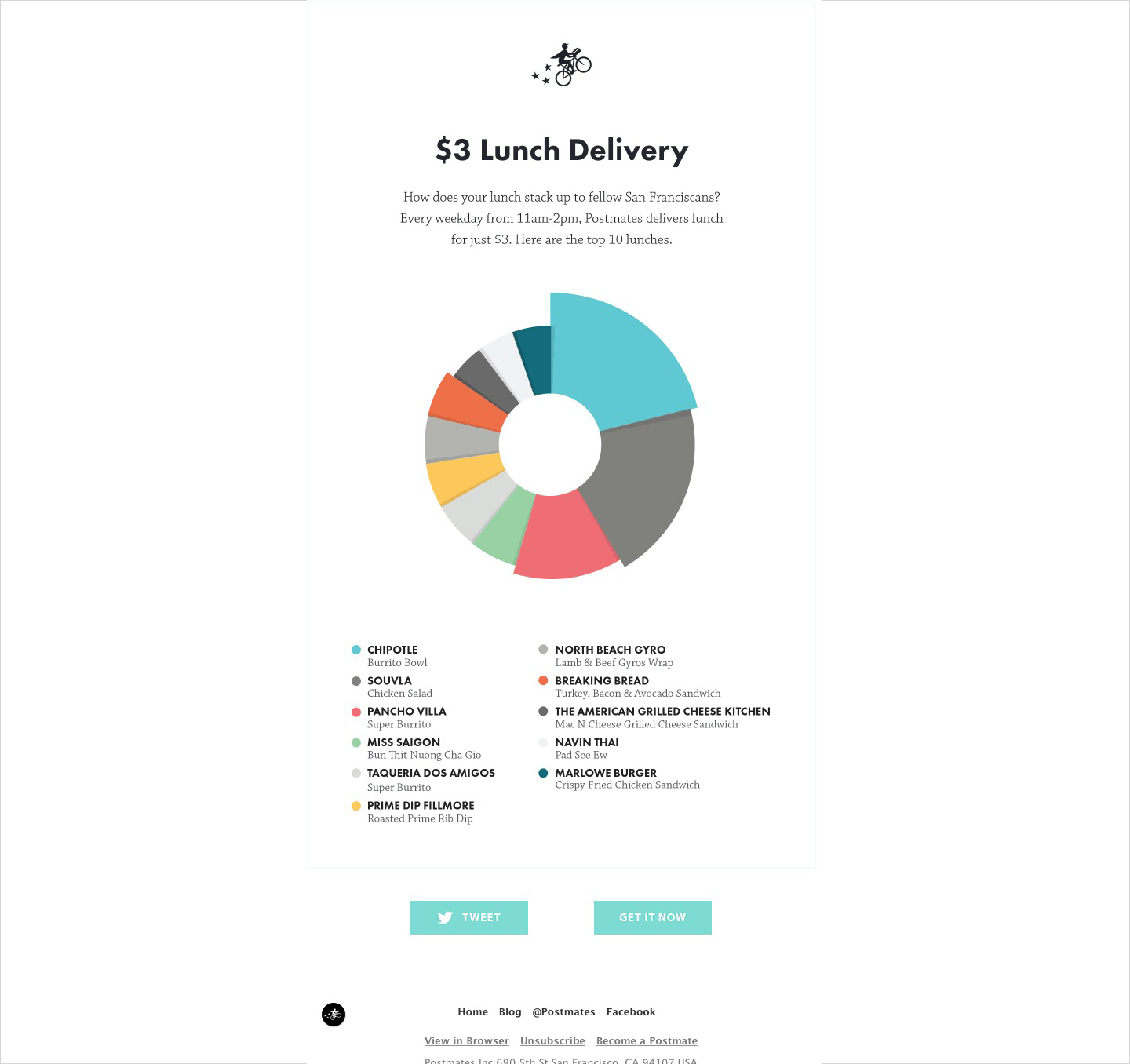
Here’s another example: a business seeking to boost juicer sales during the holidays could target the middle-class, panicked husbands of health-conscious women who struggle to come up with a great Christmas gift idea for their wives. The email campaign includes a direct link to the juicer, guest checkout and free gift wrap. That’s a simple approach to garner the appreciation of a grateful micro customer segment.
5. Web messages
Website visitors can be filtered and targeted based on customer segmentation models. Marketers can write short notifications that are only shown to certain groups of visitors, such as repeat visitors or traffic coming from Google searches. The Web messages can also be used to create surveys—again, given only to the chosen micro-segmented audience.
Lytics, a company providing intelligent user engagement for the Web, recognizes new visitors and greets them with the message below. The site displays different options based on micro-segmenting of inbound traffic.
Web messages can serve multiple purposes, helping businesses gather emails and data from surveys while personalizing the experience for the visitor. A makeup store’s e-commerce site could learn more about how its customers are finding the website, what they’re looking to buy, how old they are, where they live and what their skin tone is.
For example, a 60-year-old African American woman living in Washington state is most likely going to look for different foundation than a 22-year-old Caucasian woman living in Maine. With that information in hand, the company can better meet each woman’s needs and customize the messaging on the website each time she returns.
Let’s say the makeup company has a potential customer who lives in Colorado, loves to ski and has two kids in college. The micro-segment she’s in is dealing with a very dry climate, a lot of sun exposure and probably some early signs of aging skin. If she visits a website in January, a pop-up message asking, “Would you like to check out our line of moisturizers with sunscreen before your next ski trip?” would make perfect sense.
If you’ve collected information about your customers, now is the time to put that extra effort to good use—with micro-segmentation marketing. Micro marketing campaigns may take a little more legwork on the front end, but once businesses understand micro-segmenting, there’s little need for mass email blasts.
Using Micro-Segmentation in Cross-Channel Marketing
Leveraging Customer Micro-Segmentation in a cross-channel marketing strategy will maximize the engagement and conversion potential of your campaigns. Each micro-segment that you maintain consists of modern day users that maintain a strong digital footprint on a multitude of devices. You can track the engagement statistics of your micro-segments across multiple communication channels. This will help you identify:
- Which channel had the best engagement
- What was the best time for sending a particular campaign
- Which channel had the maximum conversions
Co-relate this data with individual micro-segments, and this will help you identify certain to-do’s that will dictate future campaigns. Let us find out how you can create a cross-channel marketing strategy with micro-segmentation.
Future of Micro-Segmentation
Brands are hard pressed to justify their marketing spends, and they are finding it hard to influence consumers at the right point of time. Consumers have become massively mobile, with the average user using up to 3.5 devices for online activities. With a fall in the average attention span to around 8 seconds, marketers are fighting it hard to grab the lion’s share of “Attention”. And the hardest part with mobile specifically, is that most marketers don’t know what app metrics they should be tracking to measure the success of their mobile marketing efforts.
Micro-segmentation is on the rise, because it grants a hyper-targeted vision to each marketing campaign and doubles the possibility of a conversion. Users are looking for experiences that add value to their lives, and context is going to be key in this aspect. Micro-segmentation can help brands create highly contextual experiences that are actually relevant to users, and extrapolate learnings from these activities to carry out predictive analysis that aims to retain these users over an extended period of time.
Bonus Read – Follow These 3 Steps For RFM Analysis




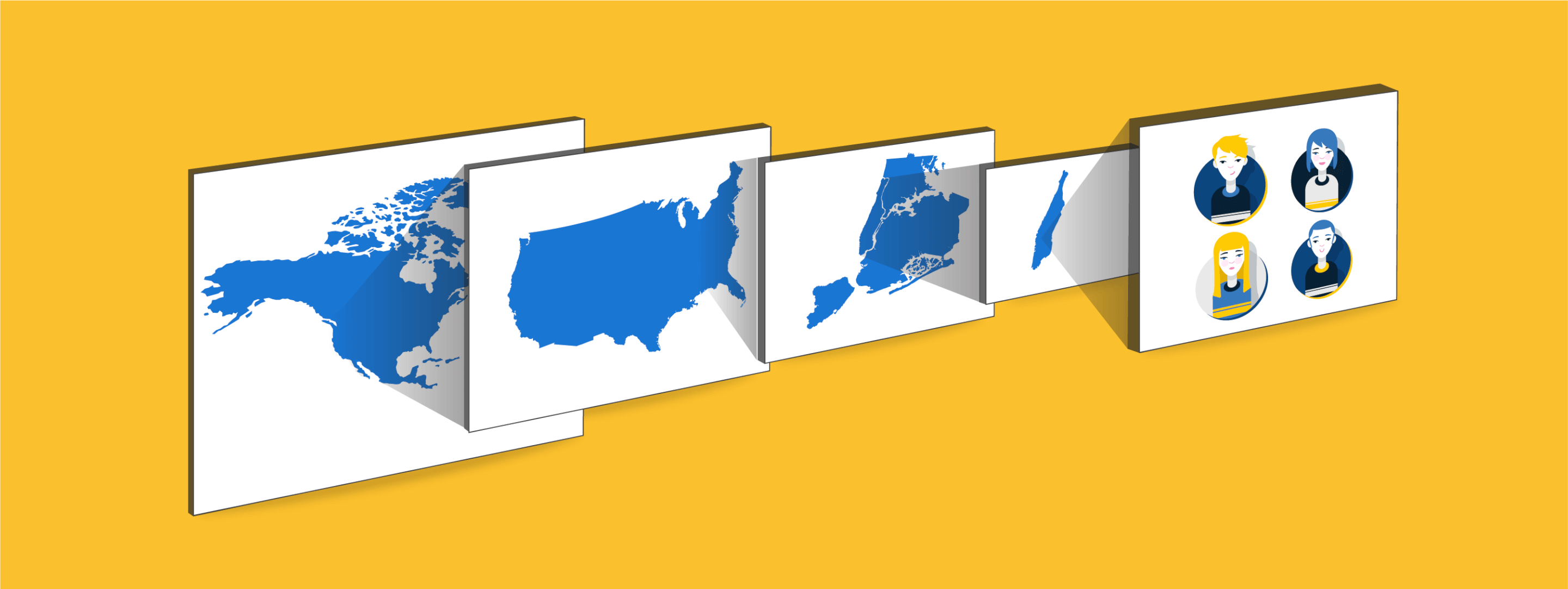

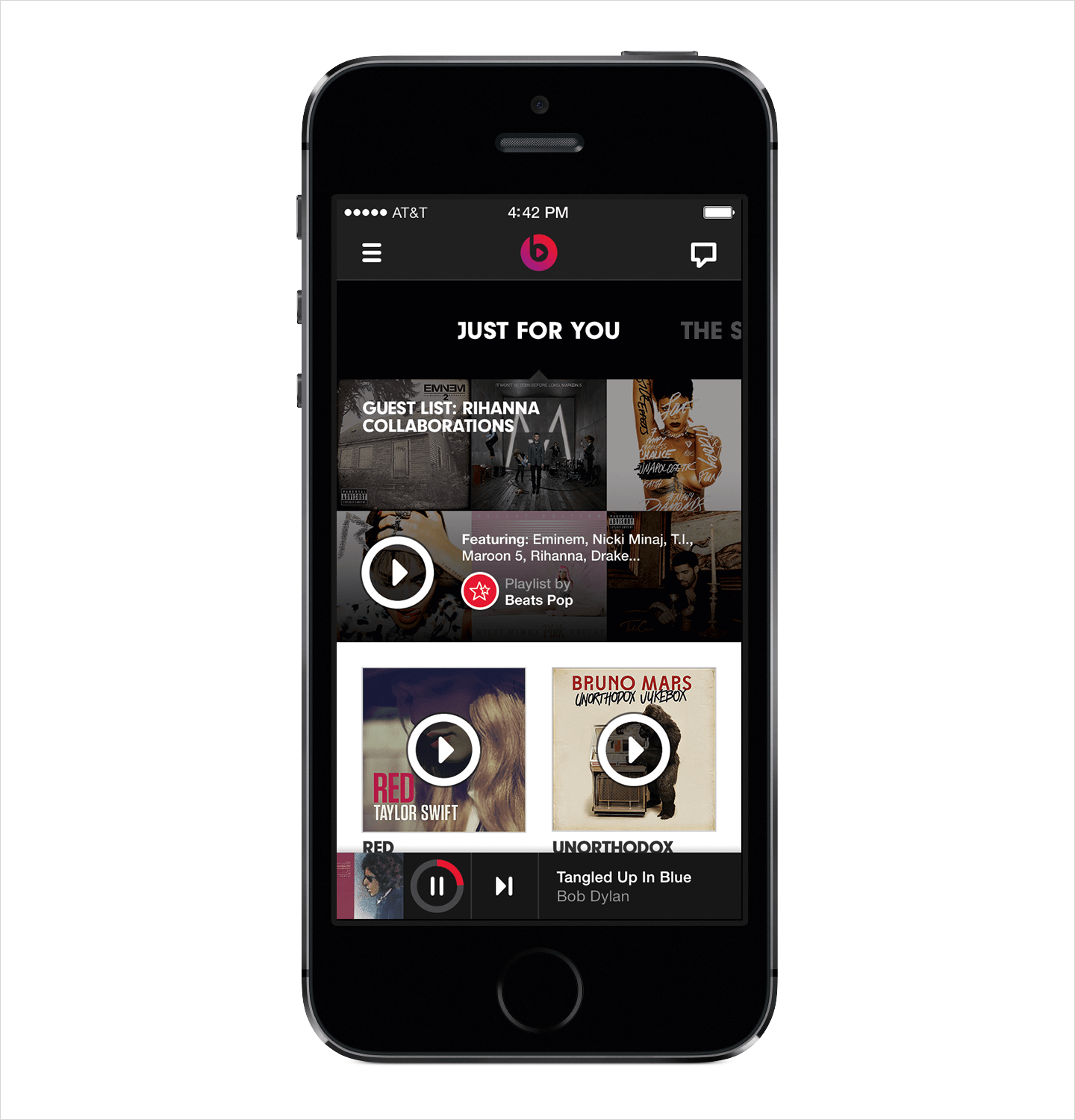
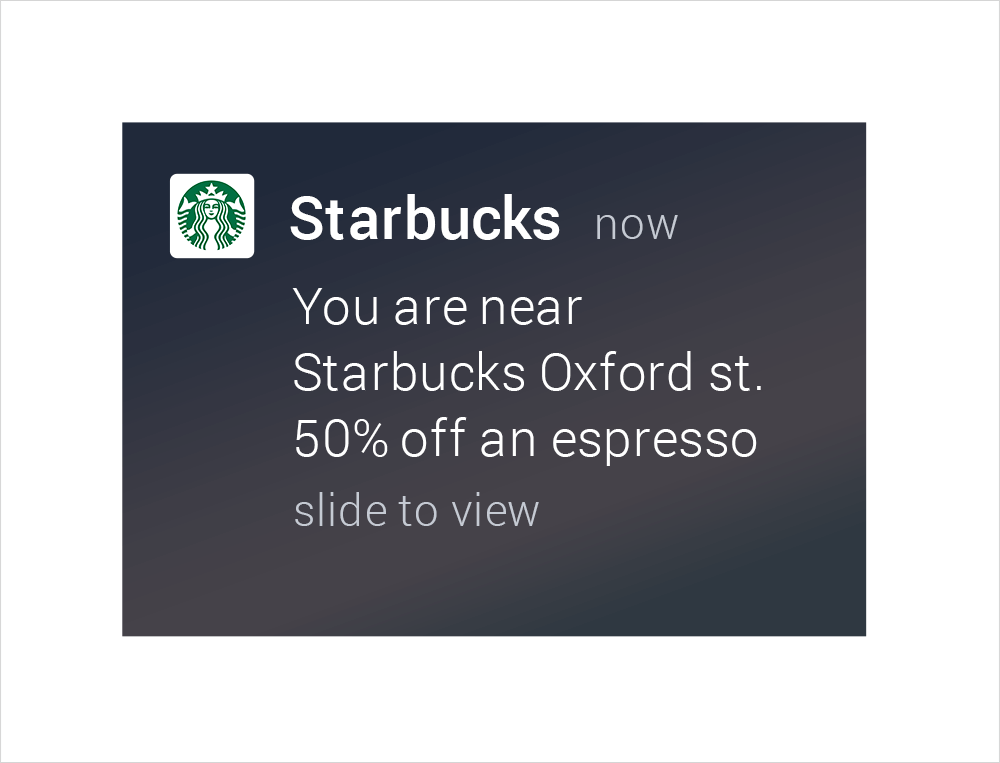

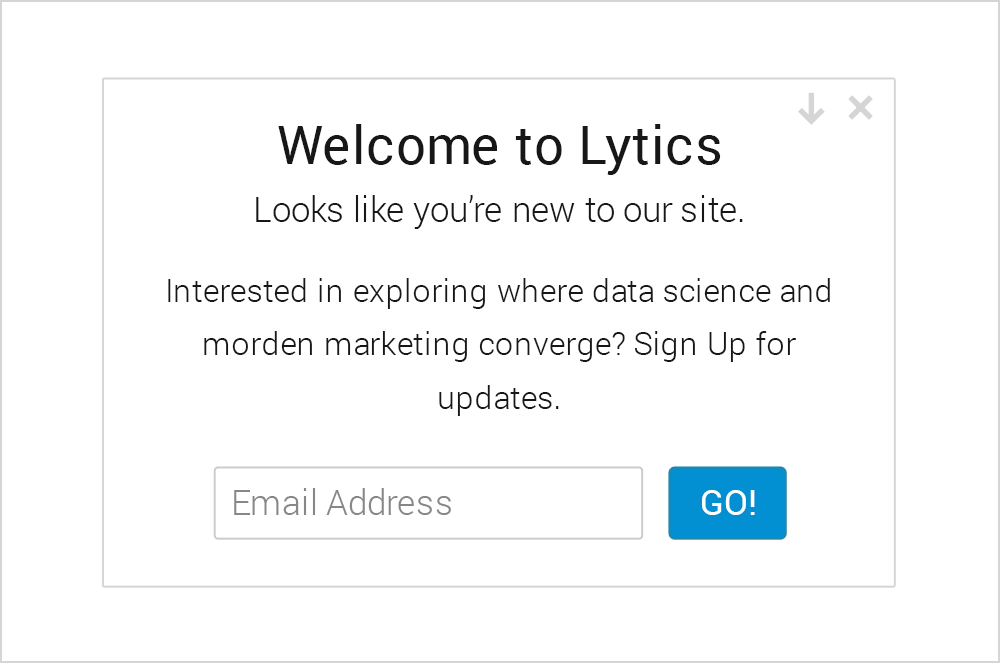

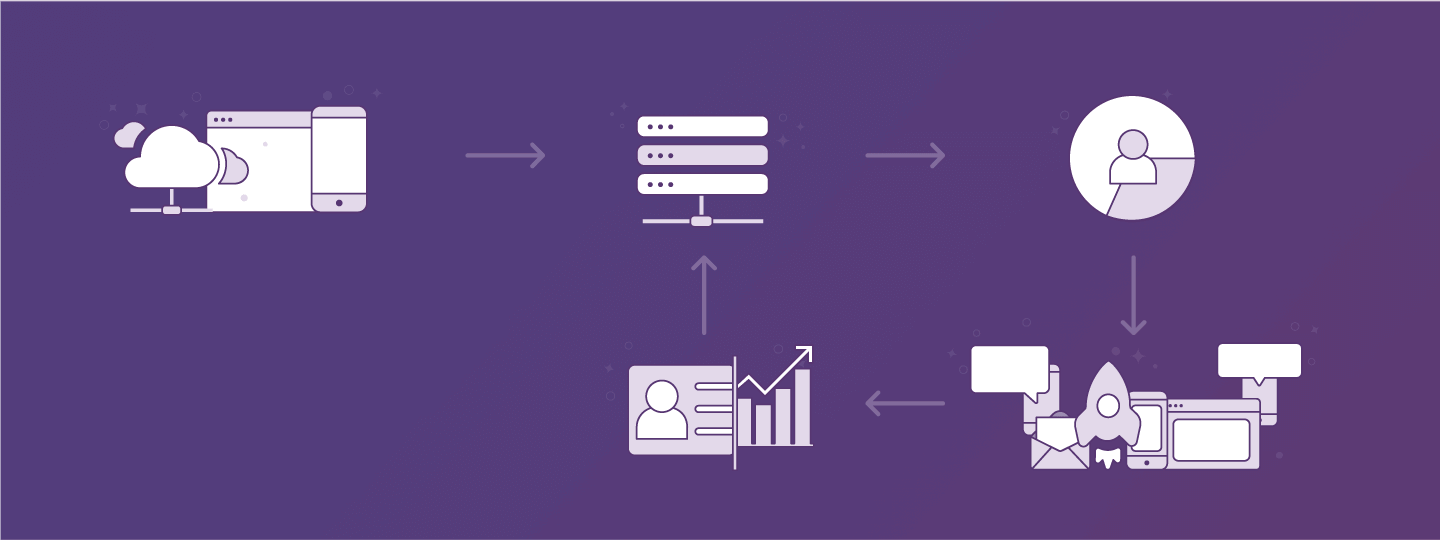
 Shafique Gajdhar
Shafique Gajdhar
 Diksha Dwivedi
Diksha Dwivedi